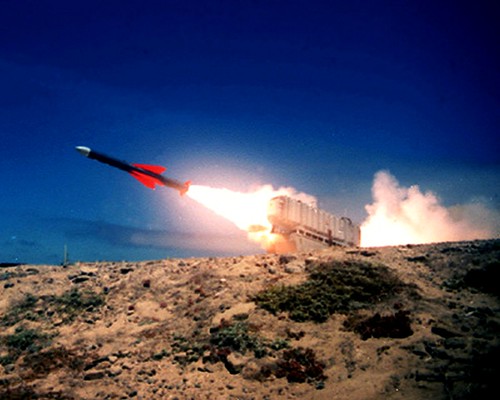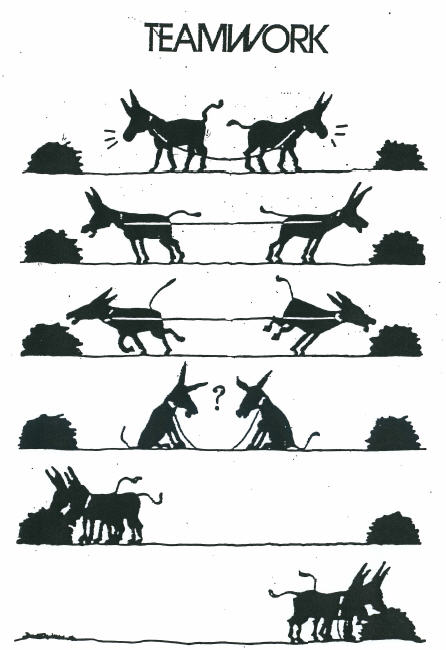Them Shores Be Long: Pac-10 Quarterback Analysis, Part I
Part-time BN contributor Danzig wrote a killer post on CGB discussing the merits and demerits of Nate Longshore. There are a few parts I want to analyze and some other issues I’d like to expand upon, as I look across the state of Pac-10 QBs this week going into 2008.
Passing efficiency:
Also notice that versus certain opponents, Nate just does not perform well: Arizona, Washington St, USC and Stanford.
Yes, indeed Longshore does not perform well against these four teams. But this shouldn’t be the only concern. How well does he perform relative to the mean? In other words, do other quarterbacks in the Pac-10 perform better or worse than he does? I do think the passer rating has significant flaws (there are some absurd things about the system that really need to be pointed out), but this is a theoretical debate that can wait for another time. Let’s look at the numbers of Nate Longshore’s performance compared to the relative strength of the passing defenses.
You can see how big the swings are in Longshore’s 2006 performances. Sophomore swings I guess (I had those too; they involved hookers and a bunny). Longshore hit some performances out of the stadium (that UCLA game was unreal two years ago), but he also threw some clunkers, especially in the Arizona-USC losses. He threw at about average against Stanford (which actually had a better passing defense than Arizona), and people forget that the winds were furious in that game. Yet you’re not going to see too many critics of Nate’s 2006 season because he could AIR THAT BALL OUT! OH YEAH! AIM IT HIGH AND FIRE!
Let’s say an average performance is within 20 rating points of the mean, a better performance is 20 or more above, and a worse performance is 20 or more below. In this case, Longshore only had two average performances (both slightly below average against UW and Stanford, our two closest wins). He had seven better performances (Cal was 7-0) and four worse performances (Cal was 1-3). So to say that he was more erratic with control and delivery is a bit of an understatement. And actually Longshore struggled more in the second half of 2006 than he did in 2007. The ankle injury was misfortunate, but Nate seemed to adapt better based on the quarterback rating alone.
With that, we’ll look at the 2007 stats, which show a maturer Longshore in the pocket.
Nate detractors will growl at this, but he was a far more consistent quarterback than he was in 2006. His power numbers were definitely down and he didn’t throw as many TDs, but Tedford’s offense runs a different boat and Longshore floated pretty well by it so that we came to expect what would happen. Danzig calls it a bad offense, but this is essentially closer to what Tedford ran in 2004, a power run offense with the passing game supplementing the passing game. This would obviously bring Longshore’s numbers down, but it might also provide Cal the chance to sustain longer drives and keep the ball on the offensive side while the greener defense spent its time off it.
So with the power run game being the focus of Cal’s offense in 2007, Longshore threw at about or above average for most of the season. Last year’s 5-0 start featured only two quality Longshore performances, vs. Oregon and Tennessee. In other words, he was good when he needed to be good. Despite the fact that Longshore performs worse than Arizona, he had a better QB rating than Arizona’s stingy pass defense normally allows (remember how weak USC looked against Cason and Fontenot?), giving him a slightly above average performance.
Yet despite his ankle injury, Longshore’s passer rating would be at around the mean for the majority of his performances. He threw a very strong game against UCLA’s defense where the passer rating exceeded UCLA’s pass defense rating by nearly 20 points. His Arizona State (-0.12) and USC (-1.99) performances were right at the mean, and don’t forget the conditions of that Trojan game; Longshore was about on average with any other QB that year. He was lights out against Washington. His two outright bad performances came during the Washington State game (whose simple Cover 4 sets mystify Longshore for reasons I cannot fathom) and the Stanford game (which became much easier for the Cardinal to plan for once DeSean Jackson sat out with injury).
Now the interesting numbers come based on victory and defeat. When Longshore had a passer rating 20 points above the mean performance against said defense, his team was 2-1. When he was at average, the team was 2-3. But when he was worse (Colorado State, Wazzu, Stanford), the Bears were 2-1 again.
Thus, while a definite correlation could have been made between Nate Longshore’s 2006 performances and Cal’s success on the field (i.e. if Nate threw well, Cal won, if Nate threw bad, Cal lost), no such correlation exists between the quarterback’s performances and the 2007 team based on passer rating. You could say that Longshore’s overall performance made it easier for Cal’s opponents to keep the game close though.
However, I think the issue with the common football fan is always “Well, he doesn’t make ME feel confident if he’s going to dink-and-dunk it.” Well, the ankle injury hindered his options last year, so we all know he’d have trouble airing that ball far out. Usually it would require some trickery for Longshore to get that ball deep (see the Three Fake Handoff). But considering the strength of the defenses and the location where his injury occurred, it would be difficult for me to envision him putting up big numbers. Ultimately a quarterback needs his receivers to step up (which they didn’t against USC and Stanford), his run game to back him up (which it didn’t against UCLA or Stanford), or have the run defense avoid getting gashed and torched (which it did for the entire second half of the season). It was a team collapse, not a Nate-centric issue.
To see the actual data for defensive passer rating and Nate Longshore’s pass rating, click here.
Next in the series: How Pac-10 QBs in general fared relative to the mean.
- None Found
Comments (5)
 Logging you in...
Logging you in... Give Me Bad Numbers: Pac-10 Quarterback Analysis, Part II | Bears Necessity
Your entire analysis is based on the assumption that defensive pass ratings accurately reflect the how good a team's pass defense is. If this is not true, your entire argument goes out the door.
So take a look at your pass defense ratings. What's the problem there?
The worst pass defense ratings for 2006 and 2007 is actually USCs. USC??? Do you seriously think USC had the worst pass defense for the entire Pac 10 in those years? Worst then the likes of Washington State and Stanford? Get real.
You can't just look at pass defense ratings. You need to look at all the stats like sacks, interceptions, number of quarterback hurries, etc, as well as the circumstances (like USC taking huge leads then going prevent and giving their opponents massive passing yards during garbage time; see Nebraska game).
Just to let you know, a low defensive passer rating is good because it reflects how well the other team is passing against them. Hence you want those numbers to be low low low.
I do agree that defensive passer rating is an inadequate measure of all the defensive intricacies, but it seems to get it mostly right by having USC 1, ASU 2, Oregon 3, etc.
Pac-10 Quarterback Analysis, Part III: The Situation Room | Bears Necessity
Pathos of Nate Longshore | Bears Necessity
Comments by IntenseDebate






 Loading IntenseDebate Comments...
Loading IntenseDebate Comments...
Comments are closed.